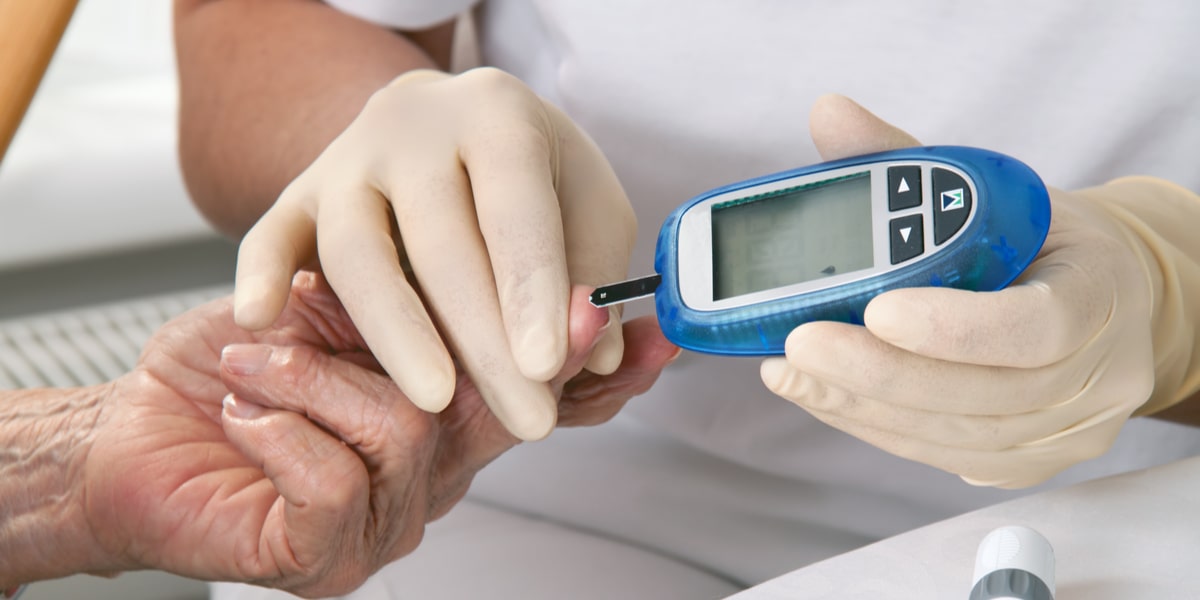In the realm of healthcare, technological advancements have played a pivotal role in enhancing the lives of individuals with chronic conditions. One such innovation that has significantly impacted diabetes management is the development of glucose monitors. These devices have evolved over the years, providing more accurate and convenient ways for individuals to monitor their blood glucose levels. This article explores the evolution of glucose monitors, from their inception to the cutting-edge technologies of today.
I. The Early Days:
The history of glucose monitoring dates back to the 1960s when the first glucose meter was introduced. These early devices were rudimentary compared to today’s standards, requiring large blood samples and providing less accurate readings. The initial glucose meters were mainly used in clinical settings, limiting their accessibility to the general public.
As technology advanced, portable glucose monitors emerged in the 1970s, allowing individuals with diabetes to monitor their blood glucose levels at home. However, these early devices still had limitations, requiring a considerable amount of time for each measurement and offering less precision compared to modern monitors.
II. The Rise of Continuous Glucose Monitoring (CGM):
A significant breakthrough in glucose monitoring came with the development of Continuous Glucose Monitoring (CGM) systems. Unlike traditional glucose meters that provide a snapshot of blood glucose levels at a specific moment, CGM systems offer continuous, real-time monitoring. These systems use a small sensor inserted under the skin to measure glucose levels in the interstitial fluid throughout the day.
CGM technology has revolutionized diabetes management by providing a more comprehensive understanding of blood glucose patterns. Users can track trends, identify potential issues, and make informed decisions about insulin dosages and lifestyle choices. CGM systems have proven especially beneficial for individuals with type 1 diabetes, enabling them to respond promptly to fluctuations in glucose levels.
III. Advancements in Sensor Technology:
The accuracy and reliability of glucose monitors have significantly improved due to advancements in sensor technology. Modern sensors are smaller, more comfortable, and require minimal calibration. Some CGM systems even offer factory-calibrated sensors, eliminating the need for daily calibration by the user.
In addition to improved accuracy, sensor longevity has also seen substantial enhancements. Early CGM sensors typically lasted a few days, requiring frequent replacements. Today, some sensors can last up to two weeks or more, reducing the burden on individuals with diabetes and enhancing the overall user experience.
IV. Integration with Smart Devices:
The integration of glucose monitors with smart devices has further enhanced their utility and accessibility. Many CGM systems now offer Bluetooth connectivity, allowing users to sync their glucose data with smartphones or other compatible devices. This connectivity facilitates real-time data sharing with healthcare providers and caregivers, fostering a collaborative approach to diabetes management.
Furthermore, the development of dedicated mobile applications has empowered users to analyze their glucose data, set personalized goals, and receive actionable insights. These applications often feature user-friendly interfaces, making it easier for individuals to interpret their glucose trends and make informed decisions about their diabetes care.
V. Closed-Loop Systems:
The most recent advancement in glucose monitoring technology is the development of closed-loop systems, also known as artificial pancreas systems. These systems integrate CGM data with insulin pumps, creating a closed-loop feedback mechanism that automates insulin delivery based on real-time glucose levels. Closed-loop systems aim to mimic the functionality of a healthy pancreas by providing precise and timely insulin adjustments.

Closed-loop systems represent a significant step forward in diabetes management, offering a level of automation and precision that was once thought to be impossible. Early studies and real-world experiences with closed-loop systems have shown promising results, with users experiencing improved glucose control and fewer hypoglycemic events.
VI. Challenges and Future Directions:
While glucose monitors have come a long way in improving the lives of individuals with diabetes, challenges still exist. Accessibility and affordability remain significant concerns, particularly for individuals in lower-income countries. Efforts to address these issues are ongoing, with initiatives aimed at making advanced glucose monitoring technologies more widely available.
The future of glucose monitoring holds exciting possibilities. Researchers are exploring novel sensor technologies, such as non-invasive methods for glucose measurement, to further enhance user experience and convenience. Additionally, advancements in data analytics and artificial intelligence may contribute to more sophisticated algorithms for predicting and preventing glucose fluctuations.
Conclusion:
Glucose monitors have undergone a remarkable evolution, transforming from bulky and impractical devices to sleek, integrated systems that empower individuals with diabetes to take control of their health. Continuous Glucose Monitoring (CGM) systems, advancements in sensor technology, integration with smart devices, and the emergence of closed-loop systems have collectively reshaped the landscape of diabetes management.
As technology continues to advance, the future of glucose monitoring holds great promise. With ongoing research and development, we can anticipate even more sophisticated and user-friendly solutions that enhance the quality of life for individuals with diabetes. The evolution of glucose monitors exemplifies the positive impact of technological innovation on healthcare, demonstrating how these advancements can bring about positive change and improved outcomes for those living with chronic conditions.

0 Comments